With characteristic humility, 'W.O.' was constantly amazed by the enthusiasm of later generations for the products of Bentley Motors Limited. This enthusiasm, combined with the soundness of his engineering design skills, are a testimony as to why so many of his products have survived. From the humblest of beginnings in a mews garage off Baker Street, London in 1919, Bentleys rapidly achieved fame as an exciting, fast touring car, amply competitive with the best European and American sports cars in the rivalrous world of motorsport in the 1920s. Bentley's domination at Le Mans in 1924, 1927, 1928, 1929 and 1930 is legendary, and one can only admire the Herculean efforts of such giants as Woolf Barnato, Jack Dunfee, Tim Birkin, and Sammy Davis consistently wrestling the British Racing Green sports cars to victory. W.O. Bentley proudly unveiled the new 3-liter car bearing his name on Stand 126 at the 1919 Olympia Motor Exhibition—the prototype engine having fired up for the first time just a few weeks earlier. Bentley's four-cylinder 'fixed head' engine incorporated a single overhead camshaft, four-valves per cylinder and a bore/stroke of 80x149mm. Twin ML magnetos provided the ignition, and power was transmitted via a four-speed gearbox with right-hand change. The pressed-steel chassis started off with a wheelbase of 9' 9½" then adopted dimensions of 10' 10" ('Standard Long') in 1923, the shorter frame being reserved for the TT Replica and subsequent Speed Model. Rear wheel brakes only were employed up to 1924 when four-wheel Perrot-types were introduced. In only mildly developed form, this was the model that was to become a legend in motor racing history and which, with its leather-strapped hood, classical radiator design, and British Racing Green livery, has become the archetypal Vintage sports car. Early success in the 1922 Isle of Man Tourist Trophy, where Bentleys finished second, fourth, and fifth and took the Team Prize, led to the introduction of the TT Replica (later known as the Speed Model) on the existing 9' 9½" wheelbase, short standard chassis). Identified by the Red Label on its radiator, the Speed Model differed by having twin SU 'sloper' carburetors, a higher compression ratio, different camshaft, and the close-ratio A-type gearbox, the latter being standard equipment prior to 1927 when the C-type gearbox was adopted. These engine changes increased maximum power from the standard 70 to 80bhp and raised top speed to an impressive 90mph. Other enhancements included the larger (11-gallon) fuel tank and (usually) Andre Hartford shock absorbers. Bentley made approximately 1,600 3-Liter models, the lion's share of which was bodied by Vanden Plas with either open tourer or saloon coachwork. This 1924 3-Liter is a particularly handsome example. Delivered new in September of '24 to a Mr. William Bastard it originally wore Freestone and Webb saloon coachwork, which was replaced in 1949 by the present Park Ward sport-tourer coachwork which it is thought had been previously fitted to another Bentley of this vintage and compliments the 10' 10" chassis perfectly. The extended cowl and low beltline give a sleek but husky appearance to this sporting machine. Anyone familiar with a Vanden Plas tourer will be surprised by the quality and robust construction of the Park Ward coachwork. This Bentley benefits from numerous mechanical upgrades including 4½-liter axles and brakes as well as a set of original "sloper" carburetors. The addition of the 4½-liter axles with their larger brakes, on the long low coachwork, impart a look more like a 4½ than a 3-liter. The subject of single family ownership for over two decades, in recent years the car has benefited from thorough work to rectify even the smallest mechanical details and to make the car as smooth, powerful, and reliable as possible. The valve train was the subject of a recent overhaul and precise machining of all the valve seats was performed. One of the magnetos has been equip
With characteristic humility, 'W.O.' was constantly amazed by the enthusiasm of later generations for the products of Bentley Motors Limited. This enthusiasm, combined with the soundness of his engineering design skills, are a testimony as to why so many of his products have survived. From the humblest of beginnings in a mews garage off Baker Street, London in 1919, Bentleys rapidly achieved fame as an exciting, fast touring car, amply competitive with the best European and American sports cars in the rivalrous world of motorsport in the 1920s. Bentley's domination at Le Mans in 1924, 1927, 1928, 1929 and 1930 is legendary, and one can only admire the Herculean efforts of such giants as Woolf Barnato, Jack Dunfee, Tim Birkin, and Sammy Davis consistently wrestling the British Racing Green sports cars to victory. W.O. Bentley proudly unveiled the new 3-liter car bearing his name on Stand 126 at the 1919 Olympia Motor Exhibition—the prototype engine having fired up for the first time just a few weeks earlier. Bentley's four-cylinder 'fixed head' engine incorporated a single overhead camshaft, four-valves per cylinder and a bore/stroke of 80x149mm. Twin ML magnetos provided the ignition, and power was transmitted via a four-speed gearbox with right-hand change. The pressed-steel chassis started off with a wheelbase of 9' 9½" then adopted dimensions of 10' 10" ('Standard Long') in 1923, the shorter frame being reserved for the TT Replica and subsequent Speed Model. Rear wheel brakes only were employed up to 1924 when four-wheel Perrot-types were introduced. In only mildly developed form, this was the model that was to become a legend in motor racing history and which, with its leather-strapped hood, classical radiator design, and British Racing Green livery, has become the archetypal Vintage sports car. Early success in the 1922 Isle of Man Tourist Trophy, where Bentleys finished second, fourth, and fifth and took the Team Prize, led to the introduction of the TT Replica (later known as the Speed Model) on the existing 9' 9½" wheelbase, short standard chassis). Identified by the Red Label on its radiator, the Speed Model differed by having twin SU 'sloper' carburetors, a higher compression ratio, different camshaft, and the close-ratio A-type gearbox, the latter being standard equipment prior to 1927 when the C-type gearbox was adopted. These engine changes increased maximum power from the standard 70 to 80bhp and raised top speed to an impressive 90mph. Other enhancements included the larger (11-gallon) fuel tank and (usually) Andre Hartford shock absorbers. Bentley made approximately 1,600 3-Liter models, the lion's share of which was bodied by Vanden Plas with either open tourer or saloon coachwork. This 1924 3-Liter is a particularly handsome example. Delivered new in September of '24 to a Mr. William Bastard it originally wore Freestone and Webb saloon coachwork, which was replaced in 1949 by the present Park Ward sport-tourer coachwork which it is thought had been previously fitted to another Bentley of this vintage and compliments the 10' 10" chassis perfectly. The extended cowl and low beltline give a sleek but husky appearance to this sporting machine. Anyone familiar with a Vanden Plas tourer will be surprised by the quality and robust construction of the Park Ward coachwork. This Bentley benefits from numerous mechanical upgrades including 4½-liter axles and brakes as well as a set of original "sloper" carburetors. The addition of the 4½-liter axles with their larger brakes, on the long low coachwork, impart a look more like a 4½ than a 3-liter. The subject of single family ownership for over two decades, in recent years the car has benefited from thorough work to rectify even the smallest mechanical details and to make the car as smooth, powerful, and reliable as possible. The valve train was the subject of a recent overhaul and precise machining of all the valve seats was performed. One of the magnetos has been equip
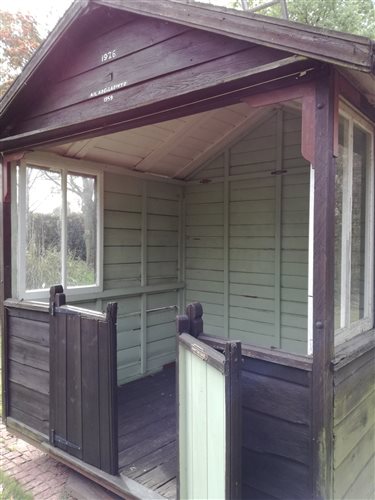
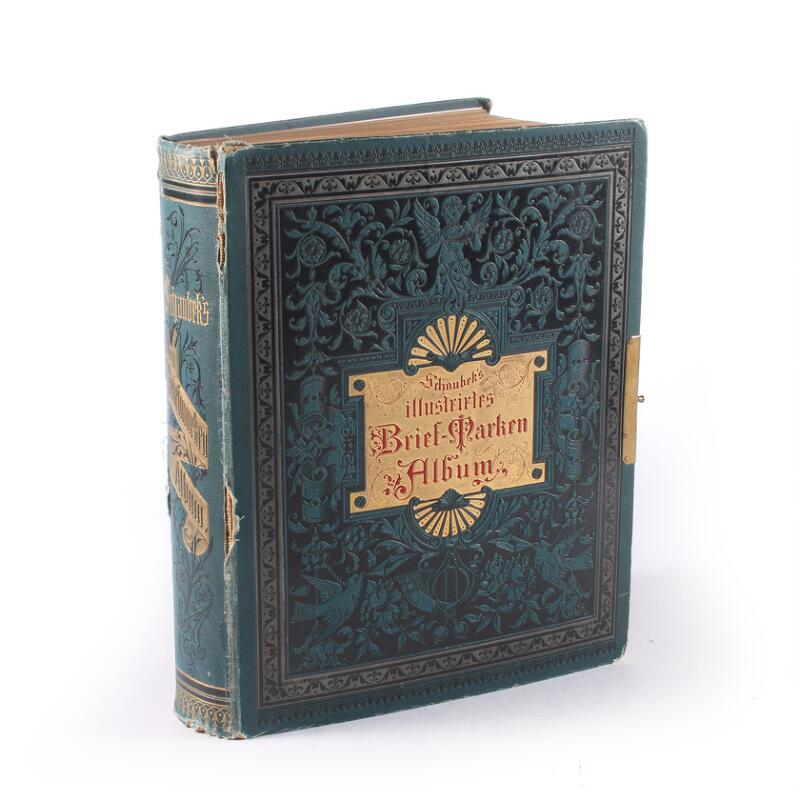
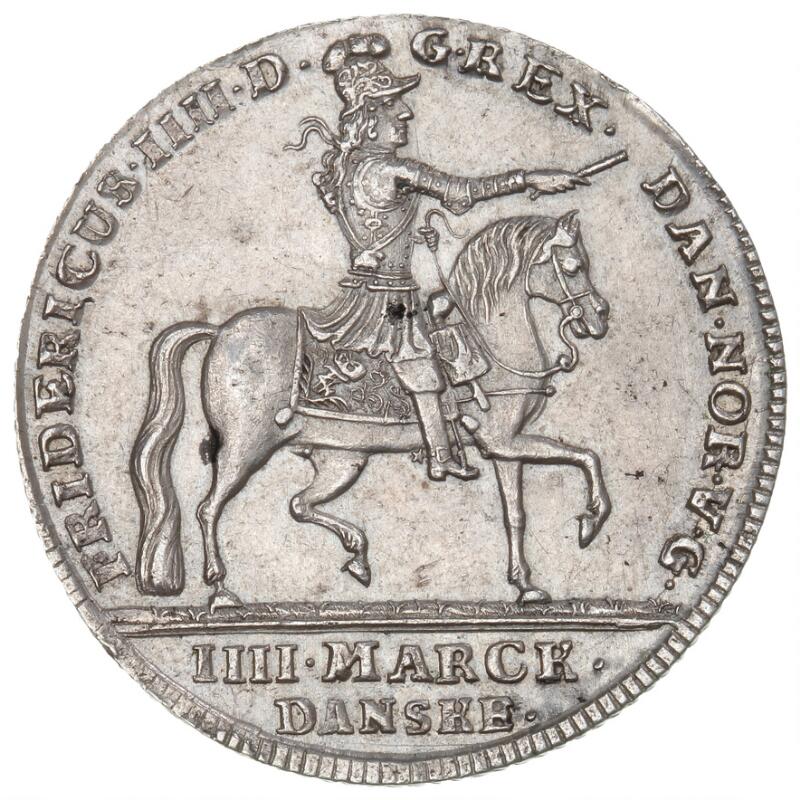
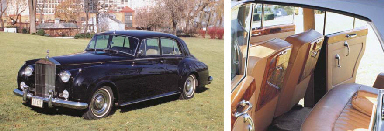




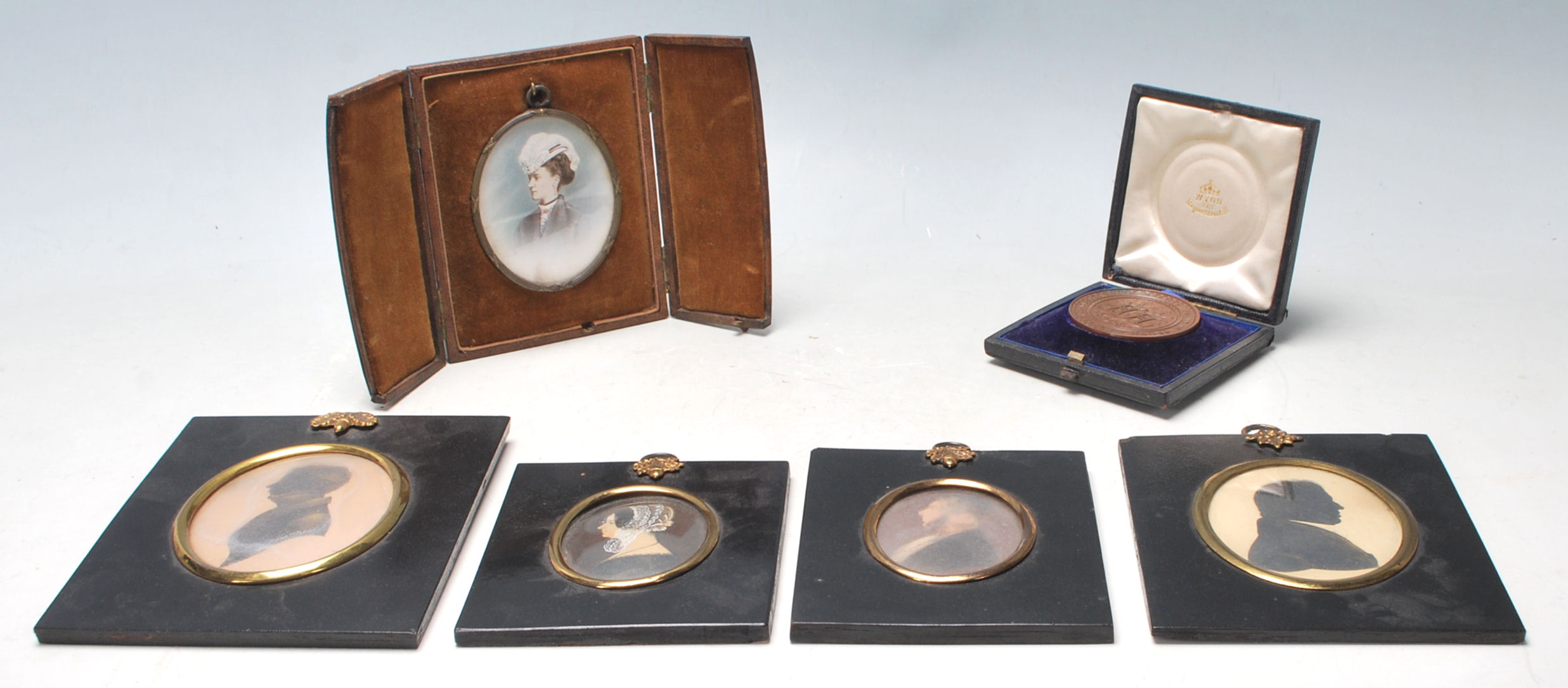

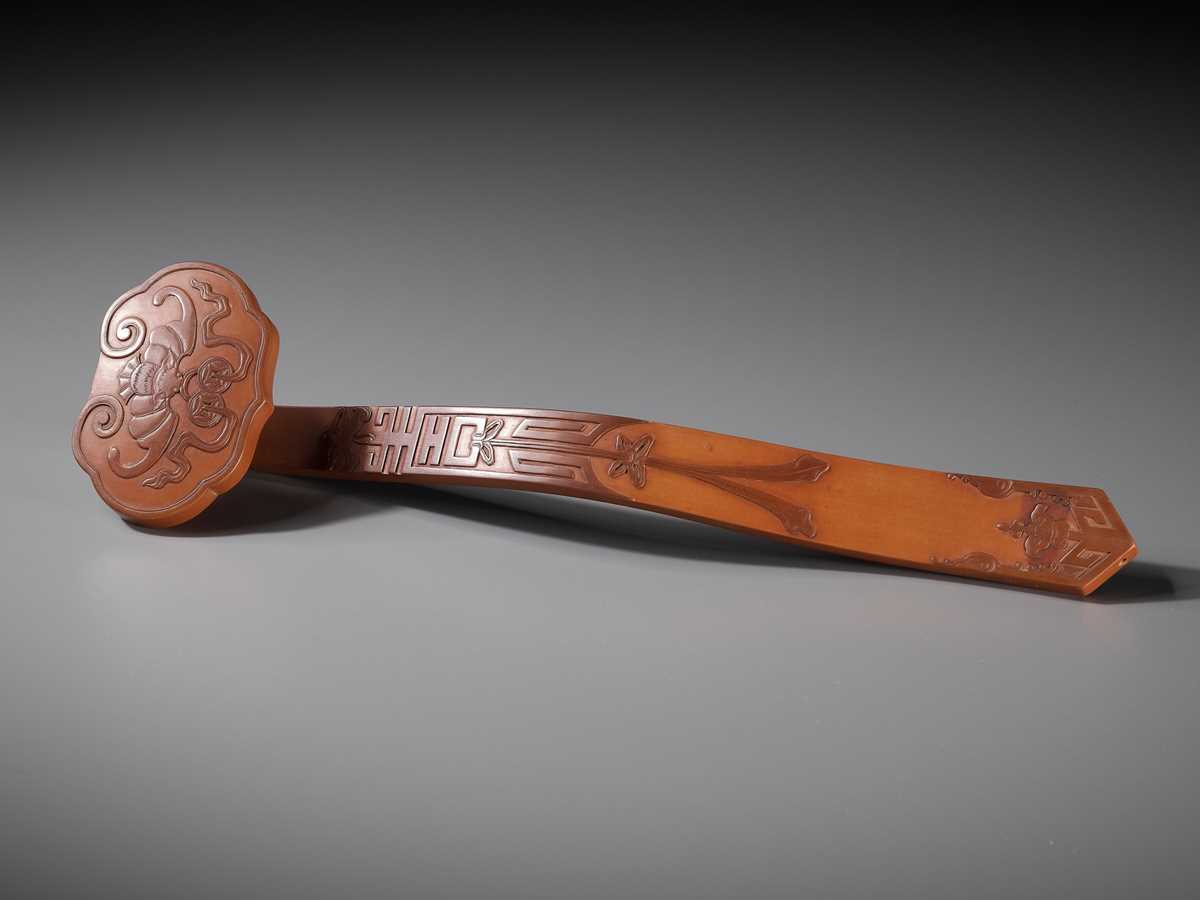

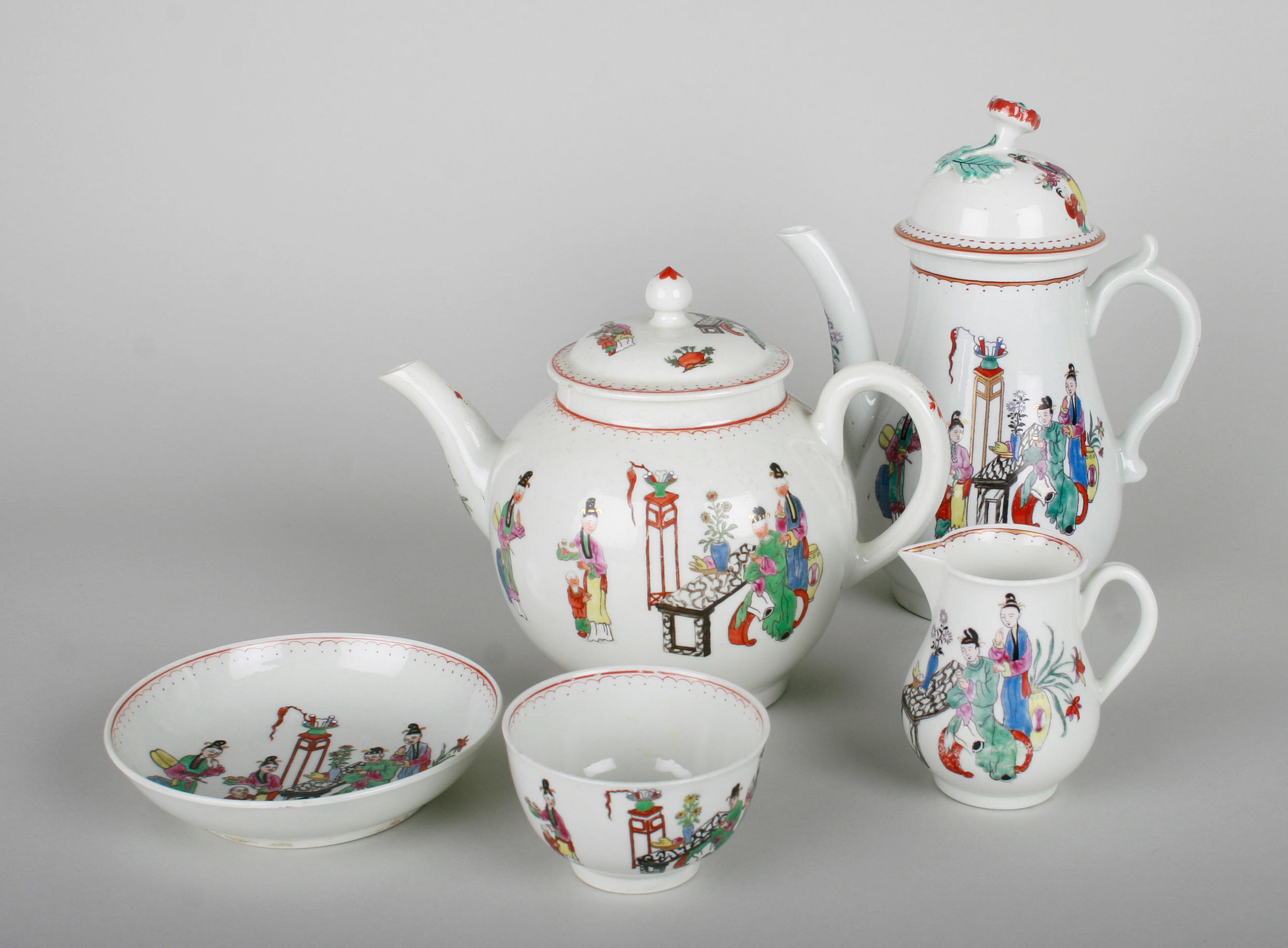

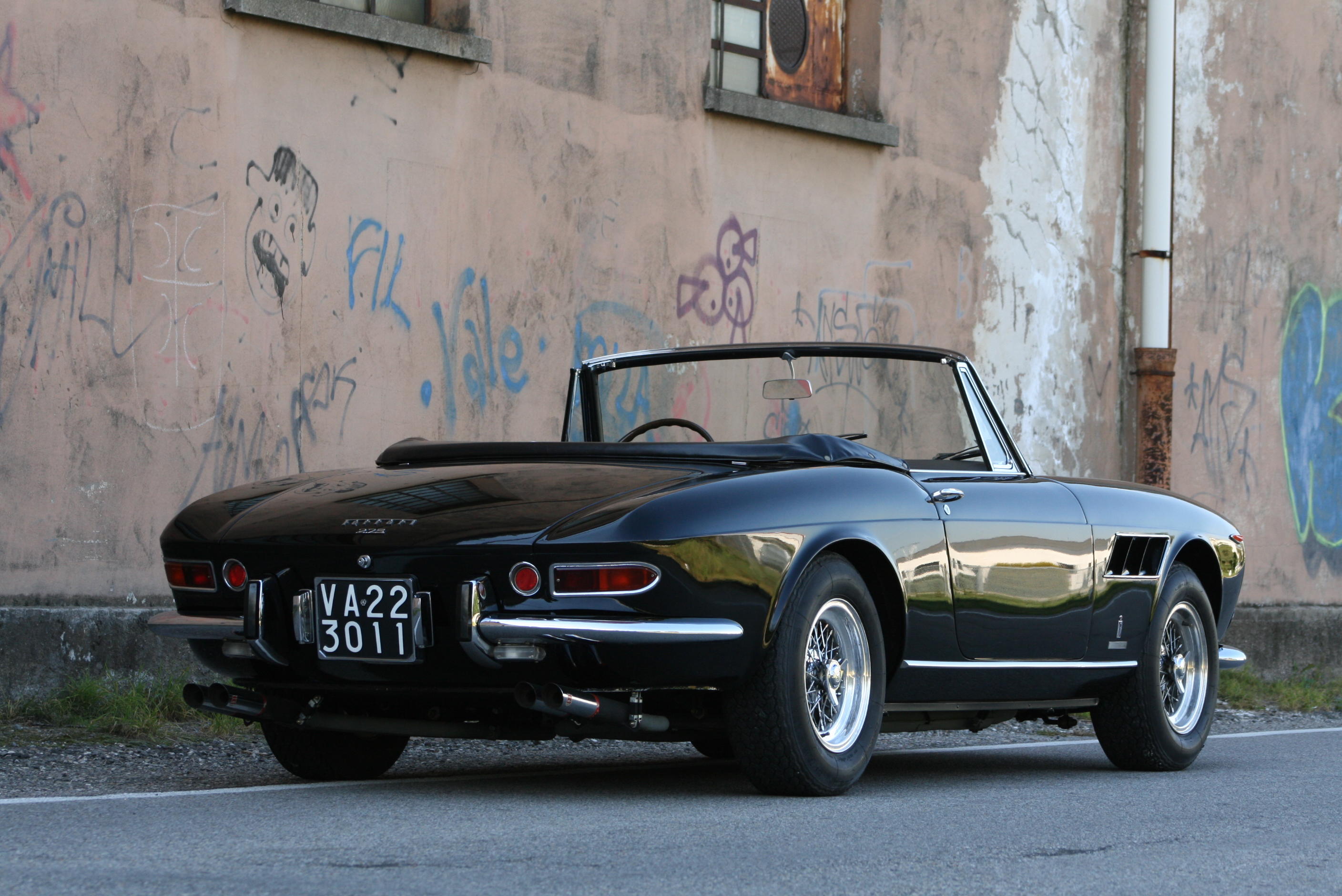
Testen Sie LotSearch und seine Premium-Features 7 Tage - ohne Kosten!
Lassen Sie sich automatisch über neue Objekte in kommenden Auktionen benachrichtigen.
Suchauftrag anlegen